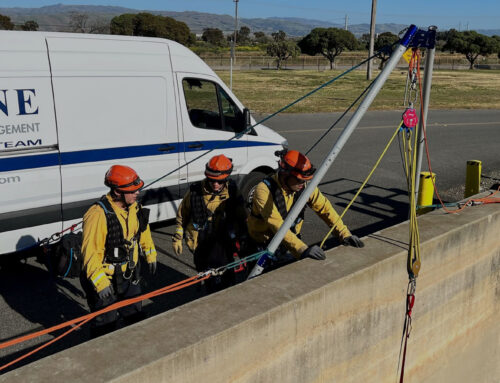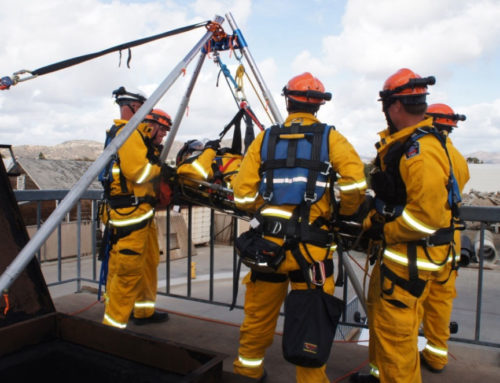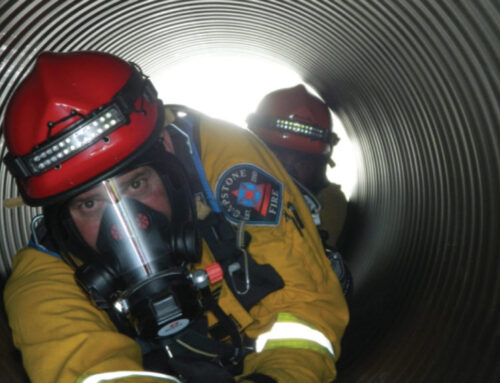The Occupational Safety and Health Administration (OSHA) requires employers to have emergency response to hazardous substances being released, trenching and excavation rescues, and confined space entry rescues. Responses to such events must be done by highly skilled and trained personnel. If the employer cannot provide the proper training, equipment, and personnel to accomplish the cleanup task, they must have a contract company provide the service.
During the period from October 2016 through September 2017, OSHA cited 68 companies for a total of $232,404 for a violation of the 1910.120 rule. Skilled support personnel, such as heavy equipment operators, emergency response support, operators of hoisting equipment must be at the scene of an emergency within a timely fashion. A quick response is necessary ensuring workers or community members are protected from hazardous occurrences.
It is a requirement to have an emergency response plan and the fire prevention plan written for all employers with more than 10 employees. Smaller employers with less than 10 employees also need a plan but it can be disseminated orally to the workers. The minimum elements of an emergency response plan are (29 CFR 1910.38):
Procedures for reporting a fire or other emergencies:
- Procedures for emergency evacuation
- Procedures to be followed by employees who are left to shut down critical equipment prior to evacuation
- Procedures to account for all employees after evacuation
- Procedures to be followed by all employees who perform medical or rescue duties
- The name and job title of everyone to be contacted during an emergency
Each employer must train workers in the emergency action plan and all emergency procedures. Additionally, the emergency action plan must be reviewed periodically for compliance, completeness, and comprehension.
Similarly, the employer must provide a fire prevention plan to protect workers from fire hazards. The minimum elements of a fire prevention plan are as follows (29 CFR 1910.39):
- A list of all the major fire hazards, proper handling and storage procedures for hazardous materials, potential ignition sources and their control, and type of fire protection equipment necessary to control each major hazard
- Procedures to control accumulation of flammable and combustible waste material
- Procedures for regularly maintaining safeguards on heat producing equipment
- Name or job title of employee responsible for maintaining fire equipment
- Name or job title of employees responsible for the control of fuel sources
Although, the employer must have both a written or oral fire prevention program and emergency action program, it is also important to have the qualified personnel to provide the emergency services. Relying on calling the 911 system only for emergencies may not be enough to protect workers from hazardous substance. In some cases, the employer should provide additional services such as a private fire rescue company.
Emergencies not only affect the workplace, but can also be a source of an OSHA penalty if protective services have not been provided. A violation of a serious nature, such as, not providing the proper emergency response services can lead to a maximum $12,934 violation. If it is a repeat violation for not having emergency response service in the past, this violation now increases to $129,336.
Fires and emergencies happen in a split moment for both general industry and construction settings. Having an emergency action plan, fire prevention plan, and emergency response services as a comprehensive way to protect the workers. This can also prevent the costly OSHA citation for not being ready for any given emergency.
OSHA regulations are minimum standards. Employers can go beyond the standard to protect their workers. Being prepared for a fire, a trenching and excavation cave-in, or permit required confined space rescue is a moral and legal obligation for the employer.
Learn more about our confined space stand-by rescue services. Or contact us to discuss your needs.






